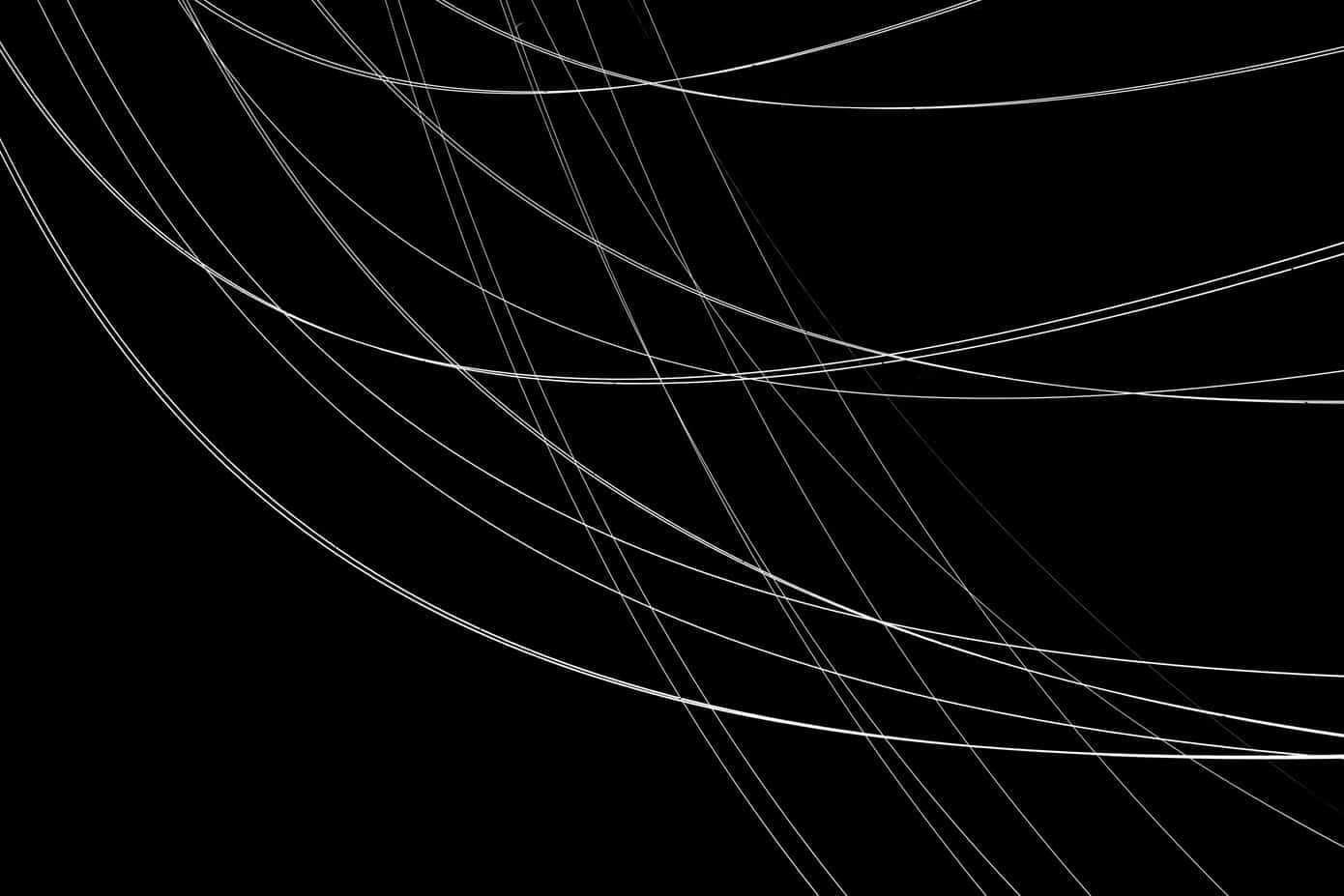

The general public loves vibration because it feels good and is part of the mainstream pleasure market. It’s not that vibration training doesn’t work, it’s just that conventional training works better, all else being equal. It’s not that #VibrationTraining doesn’t work, it’s that conventional training works better, says Click To Tweet Although much of the research on whole body vibration (WBV) shows it has merit, the findings are not noteworthy. The commercialization of vibration plates or platforms sparked better and more specific research, and today we can find research on countless diseases and populations. As a scientific solution, vibration originates with modern electricity, and only when the US and the Soviet Union were in a space race did it start trickling down to athletic performance and sports medicine. Vibration’s history is rooted to ancient Egypt, although the goal was not to get athletes, or even their military, to perform better or recover faster. Humans have many connections to fish and other forms of life, and the book Your Inner Fish by Neil Shubin is an excellent read. A shark’s lateral line is a great example of how animals, including us humans, receive a great deal of feedback from external motions.

Most studies, however, show little promise outside of their controls, meaning they’re better than nothing but are not ideal solutions for improving athletes beyond more potent options. The promise of these tools is that they’ll increase strength, boost hormone production, strengthen bones, improve flexibility, assist warm-up and potentiation, and promote faster recovery. As coaches and therapists, we’re exposed mostly to platforms, massage techniques, and massage devices. In simpler terms specific to sport, vibration is physical contact in a rhythmic pulse for training effects and therapy. A vibration is “an oscillation of the parts of a fluid or an elastic solid whose equilibrium has been disturbed, or of an electromagnetic wave,” according to one online definition. Instead of digging in and summarizing what the science says or parroting previous authors, I believe it’s better to give a brief but important perspective of what humans have been up to for the past thousand years or more. The amount of research on vibration training and its hazards is so vast, it would take me decades to read every journal article on the subject. From the dawn of time, vibration has occurred all around us and down to the atomic level. Vibration is older than most article writers realize–most authors refer to the late 1800s instead of earlier civilizations that used vibration for spiritual and medical purposes.

Vibration and Humans: From Ancient Civilization to Modern Sport Science I’ve witnessed amazing results with vibration modalities when used appropriately, but I’ve also seen a lot of time, money, and energy wasted on them. Before you add a vibration technology or methodology to your coaching or sports therapy craft, I want to give you a comprehensive deep dive into the science, share a little experience, and list popular equipment and techniques for training and sports medicine. Every decade we see a new tool or method claiming to harness the power of vibration for sports performance.


 0 kommentar(er)
0 kommentar(er)
